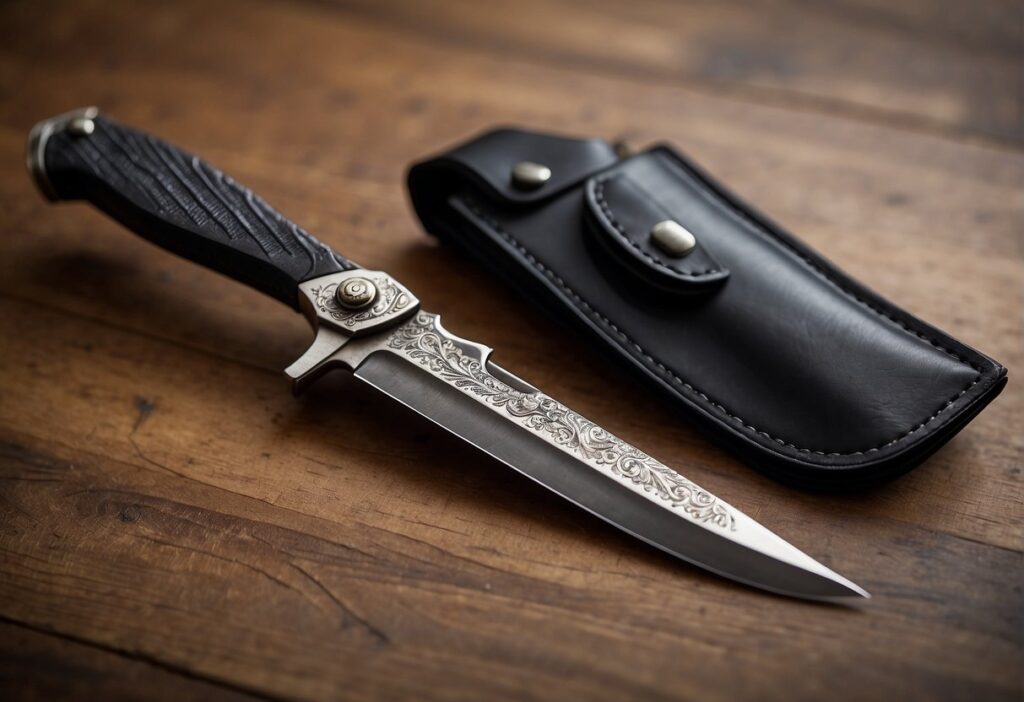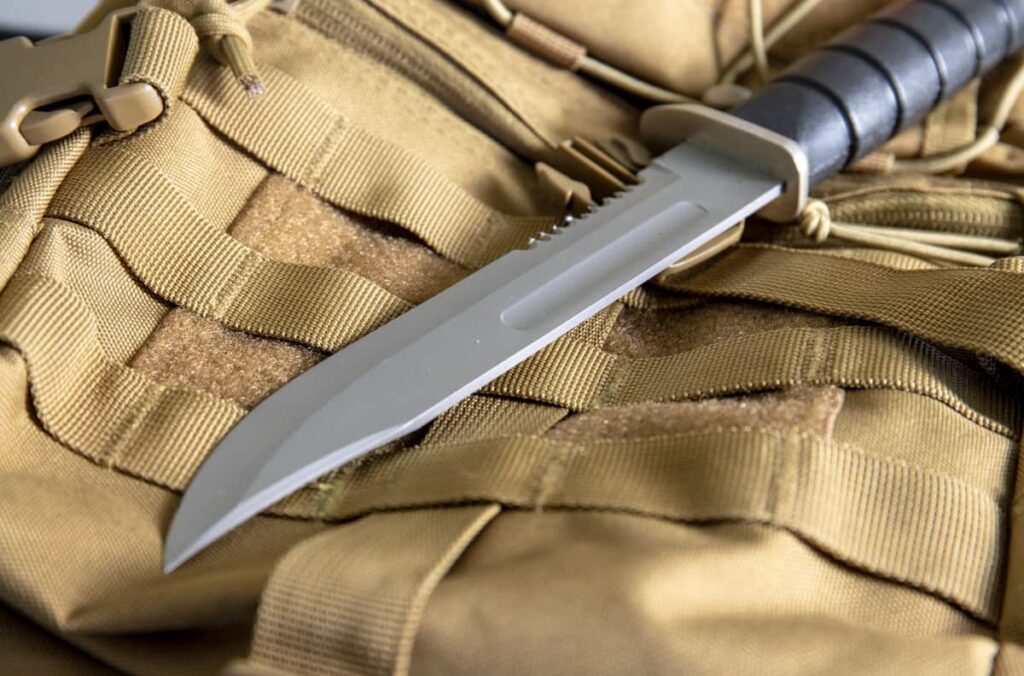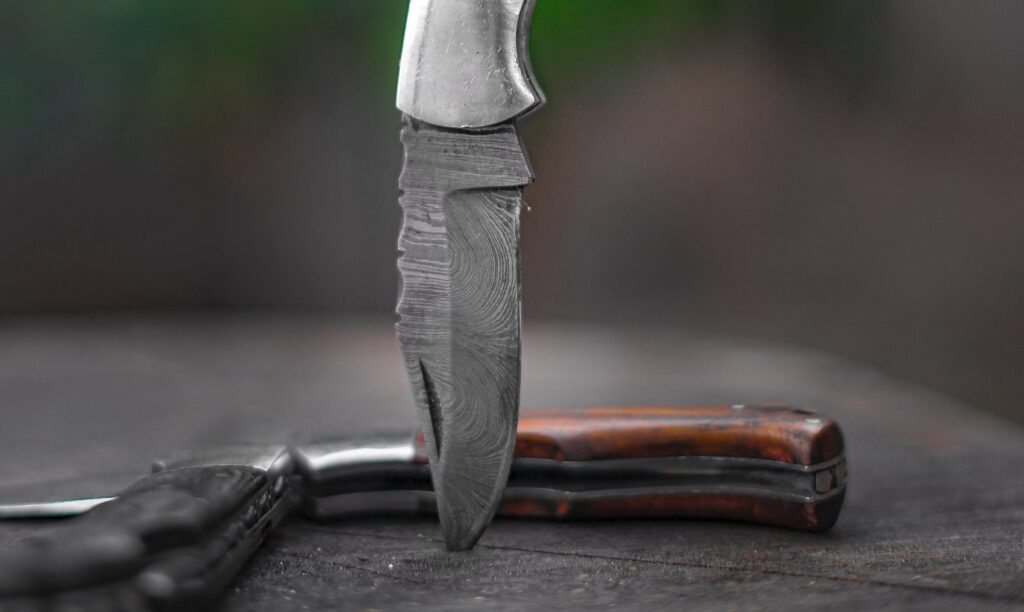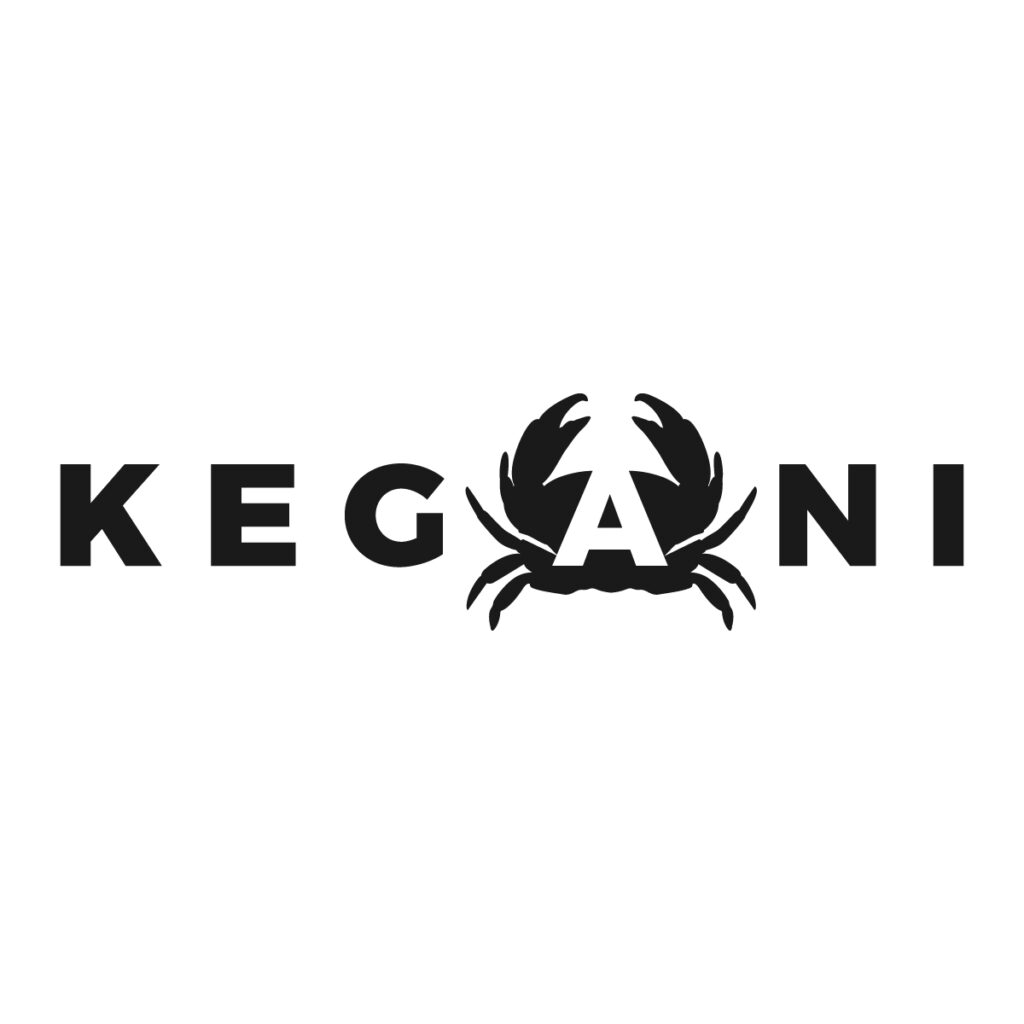A fixed blade knife is a cutting tool with a blade that is permanently attached to the handle, making it extremely stable and reliable for a variety of tasks. Unlike folding knives, which have blades that can be tucked into the handle, the blade of a fixed blade knife extends into the handle without any moving parts. This robust construction allows for stronger, heavier use, and you will often find these knives preferred in situations that require a high degree of dependability, such as in outdoor activities, military applications, or emergency services.
Owning/selling a fixed blade knife means understanding its uses and how to maintain it. These knives can be used for cutting, carving, slicing, and many other tasks requiring a sharp, dependable edge. Additionally, proper care including regular sharpening and cleaning helps preserve the knife’s functionality and longevity. Whether your customers are outdoor enthusiasts, tactical professionals, or are simply seeking a reliable tool, a fixed-blade knife is a significant investment that, with the right knowledge and maintenance, can serve one’s cutting needs for years to come. Discover more about the types of fixed blade knives, their numerous uses, and learn how to select the perfect one to suit your needs.
What is a fixed blade knife?
A fixed-blade knife is aptly named, as it features a blade that remains in a fixed position. In contrast, a switchblade knife is characterized by a blade that can be switched into place. In fixed blade knives, every design feature from the blade construction to the handle design contributes to the knife’s durability, functionality, and balance.

Blade construction
The fixed blade’s effectiveness and resilience are vastly influenced by its construction. A typical fixed blade is fashioned from robust materials like carbon steel or stainless steel to maintain a sharp edge and endure rigorous use. The blade length can vary significantly depending on the intended use, with longer blades offering more reach and shorter ones providing greater control.
Handle design
As for handle designs of fixed-blade pocket knives, they are diverse and tailored to various preferences and functions. Manufacturers often employ materials such as G-10, micarta, and textured polymers to enhance grip and durability. Ergonomic designs ensure a comfortable and secure hold, with some handles featuring finger grooves or textured patterns. Additionally, the handles of fixed-blade pocket knives may incorporate features like lanyard holes for added convenience. The aim is to provide users with a combination of functionality, comfort, and aesthetics in the design of the knife handles.
Types of fixed blade knives
Fixed blade knives have a rich history rooted in early hunting and tool-making.
Through the Middle Ages, fixed-blade knives were essential for peasants’ daily tasks and craftsmen’s specialized work. The 16th Century marked their significance in the New World for survival, while hunters favored them in the 17th and 18th centuries. Pioneers in the 19th Century considered them indispensable on the expanding frontier.
In military contexts, fixed-blade knives became standard, evolving from bayonets to combat knives, firmly establishing their role in warfare. Acknowledging their historical significance enhances understanding, as these knives adapt across eras, remaining a resilient and adaptable staple in human toolkits. Within the broader category of fixed blade knives, their history is intertwined with various types, reflecting their enduring relevance and practicality.
Here are some prevalent fixed-blade knives. It’s worth nothing that switchblade knives can also fulfill these roles, but fixed blade knives are much more common.
Hunting knives
Most hunting knives are designed with a fixed blade. They are indispensable tools for avid outdoorsmen, offering precision and durability in game processing. The skinner blade, characterized by its curved design, excels in efficiently removing the hide from game with meticulous cuts. This ensures a clean and effective skinning process.
Most hunting fixed blade knives feature an additional component gut hook. The part is intended for field dressing. The gut hook allows hunters to open the abdomen of game animals without the risk of puncturing vital organs, facilitating a more controlled and sanitary dressing experience.
In the realm of hunting knives, the Bowie knife stands out as a popular choice. Renowned for its robust construction and multipurpose blade, the Bowie knife is favored by hunters for its ability to handle various tasks in the field. Whether it’s field dressing, skinning, or general utility, hunting fixed-blade knives exemplify the perfect synergy of form and function for outdoor enthusiasts.
Survival knives
Fixed-blade survivor knives are essential companions for those navigating the unpredictable outdoors. Crafted for resilience and versatility, these knives serve a myriad of survival tasks. Featuring robust blades and durable handles, they are designed to withstand the rigors of survival situations.
Survivor knives often boast a versatile blade profile, capable of handling cutting, slicing, and piercing tasks with ease. The fixed-blade design ensures maximum strength and stability, making them reliable tools in challenging environments.
These knives may come equipped with additional survival features such as fire starters, emergency whistles, and integrated lanyard holes, enhancing their utility in emergency situations. Whether building shelters, preparing food, or handling various survival challenges, fixed-blade survivor knives are crafted to be reliable, multifunctional tools for outdoor adventurers.
Tactical military knives

Tactical military knives are purpose-built tools designed for military personnel and law enforcement professionals. These knives prioritize functionality, durability, and versatility in a variety of operational scenarios.
Tactical military knives typically feature fixed blades for increased strength and reliability. The blade designs often incorporate tanto points or serrated edges, optimizing them for piercing, cutting, and sawing tasks. The materials used, such as high-grade stainless steel, contribute to the knives’ resilience in harsh environments.
The handles of tactical military knives are ergonomically designed for a secure grip, even in adverse conditions. Some models may include features like integrated glass breakers or pommels for added utility in emergencies.
These knives are essential tools for military and law enforcement personnel, providing reliable cutting capabilities and serving as versatile tools for a range of tactical applications.
Neck knives
Neck knives are compact and versatile tools designed to be worn around the neck for easy access and concealment. With a minimalistic and lightweight design, these knives are favored for their portability and quick deployment.
Typically featuring a fixed blade, neck knives are known for their simplicity and efficiency. The blade length is often shorter, making them suitable for precise tasks and everyday cutting needs. The compact size and low-profile nature of neck knives make them discreet and ideal for everyday carry.
The sheaths of neck knives are designed for secure retention while allowing for a quick draw when needed. Many models include a breakaway chain or cord, enabling comfortable and convenient wear around the neck.
Neck knives are popular among outdoor enthusiasts, survivalists, and individuals seeking a reliable, easily accessible cutting tool for various everyday situations. Their unobtrusive design and practicality make them a convenient addition to personal gear for those who prioritize mobility and preparedness.
Several other fixed-blade knives exist, such as push daggers, boot knives, and more. Given the evolving industry and the emergence of numerous branded names, we won’t delve into every specific type. Our focus is on the broader categories, considering the dynamic nature of knife design and branding trends.
Start Working with a Professional Now
Guide for selling fixed-blade pocket knives
Are you considering buying and reselling established fixed blade knives? Or envisioning the creation and production of your unique design? We, as experienced OEM pocket knife manufacturers, can provide valuable tips to guide you in this venture.

Know the different carrying methods and your selling options
Fixed-blade knives can be carried in various ways, each meeting specific user needs. Sheaths are the most common, with designs varying from simple belt loops to versatile tactical mounts. When selling, it’s vital to pair the knife with a complementary sheath. Offer a selection of carrying methods, such as:
| Carrying method | Description | Suggested use |
| Belt sheath | Attached to the belt for easy draw | Daily carry, quick access |
| Boot sheath | Concealed in boot | Covert situations |
| Neck sheath | Hung around the neck | Immediate use |
Customization and accessories
Customization can significantly enhance the appeal of fixed-blade knives. Encourage buyers to consider custom handles or engravings to personalize their knives, which can be especially attractive to collectors and enthusiasts. Additionally, offer accessories such as:
- Sharpeners: To maintain blade sharpness.
- Lanyards: For added security and personalization.
Place emphasis on these add-ons with bold to capture customer interest and boost potential sales.
Legal considerations
Understanding regional knife laws is paramount. You should stay informed about the legality of selling certain types of fixed-blade knives, as well as their carry and ownership laws. Provide authoritative information regarding blade length restrictions, concealed carry regulations, and other pertinent legal guidelines. Compiling this information in an easy-to-read list provides transparency and builds trust.
Fixed blade knife vs folding knife
When comparing fixed blade knives with other types of knives, the most notable distinction lies in the blade’s mechanics and usage scenarios.
Fixed blade knives are typically designed for robustness and reliability. Since there are no moving parts, they can handle more strenuous tasks and are less likely to fail under pressure. For your heavy-duty outdoor tasks or situations where knife failure is not an option, you often turn to fixed blade knives.
Folding Knives, commonly known as pocket knives or folders, offer you portability and convenience. Their defining characteristic is the opening and locking mechanism that allows the blade to fold into the handle. While not as sturdy as fixed blades, the versatility and multipurpose nature of these knives makes them suitable for everyday carry carry.
In summary, whether folding or fixed blade knives, it depends on how you view your customers. If they are more EDC users, get folding knives. If they use the knife in serious tasks, it’s fixed blade time.
Concluding thoughts
As a supplier of EDC gear, the value in providing quality fixed blade knives is clear. You are offering a tool that stands the test of time, both in functionality and resilience. Ensuring your inventory includes an array of fixed blade knives caters to the discerning user who values practicality alongside ease of use.
Ready to market fixed-blade pocket knives? Whether you’re selecting from our catalog or planning to manufacture a custom design, request a quote from Kegani, and let’s embark on your next stellar project together!

